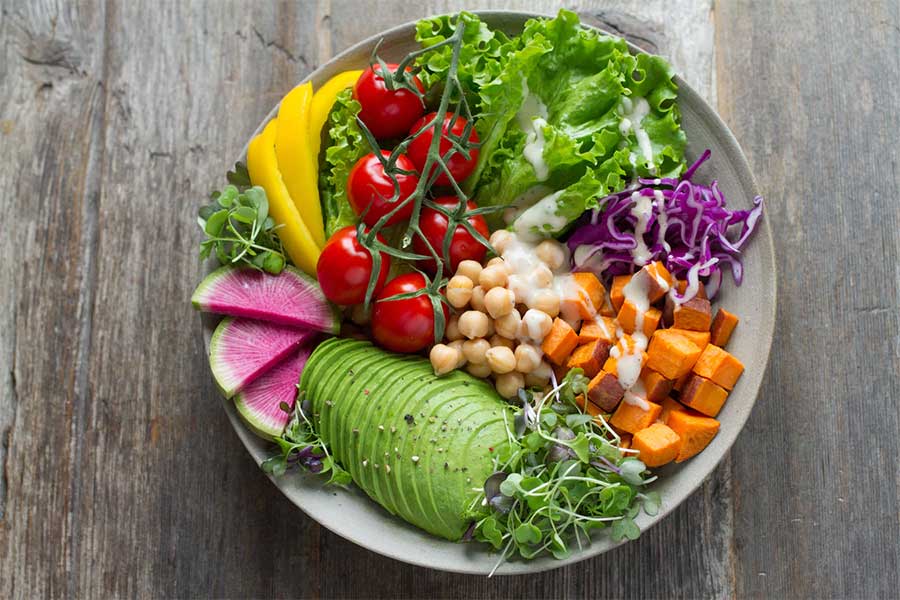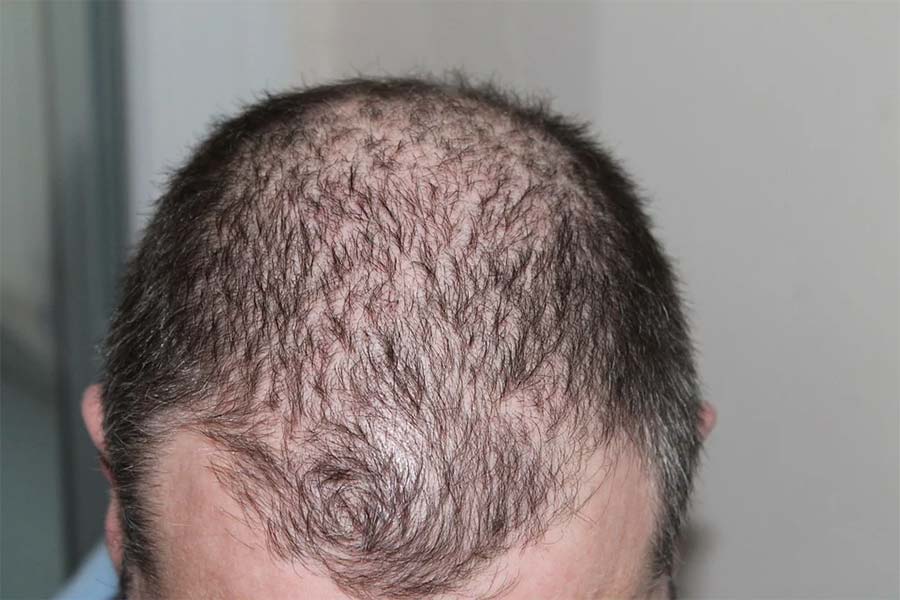Hair loss can happen to anyone, but it’s most common in men and isn’t always caused by a medical condition. Once you begin to notice hair loss symptoms such as gradual thinning or patchy bald spots, consulting a medical practitioner should be your priority to determine the cause. Losing hair may also be due to family history, medication, supplements, hormonal changes, radiation therapy, hairstyles, and treatments.
According to the American Hair Loss Association, by the age of 35, two-thirds of American men experience appreciable hair loss, and by age 50, 85% of them experience hair thinning. In this article, we’ll discuss hair loss remedies for men.
1. Medical Treatment
The U.S. Food and Drug Association (FDA) approved two medications proven effective in hair loss treatment for men. They include:
Propecia
Also known as Finasteride, Propecia is known for treating male pattern baldness, which affects the crown and middle of the scalp. Because hair loss and hair growth happen gradually over time, it may take at least three months before you start noticing any changes. If you take this medicine for 12 months and still see no improvement, further treatment may not help, and you may need to consult your doctor for advice on whether to continue or stop the medication.
Rogaine
Also called Minoxidil, Rogaine was initially meant to treat high blood pressure, but it was later discovered that it had growth, thickness, and strength properties for hair thinning and baldness treatment.
2. Hair Transplant
Hair transplant is a surgical procedure whereby the hair is taken from thicker parts of the scalp or other parts of the body then added to areas experiencing thinning or baldness. There are two methods of hair transplant:
- Follicular unit strip surgery (FUSS): A surgeon cuts a strip from the backside of the head, extracts individual hair follicles then inserts them into the thinning or balding areas of your scalp. It’s also known as follicular unit treatment (FUT), and its side effects include follicle inflammation, scarring, numbness, unnatural-looking hair, swelling, bleeding, pain, and cysts
- Follicular unit extraction (FUE) is done by taking hair from individual follicles from your skin then moving them to areas with thinner hair or baldness. This method is considered safe with slight side effects like tiny white scars where hair was extracted. Transplanted hair begins to grow within three to four months of the transplant
Who’s eligible for a hair transplant?
- FUSS is performed on people over 25 years
- Norwood’s hair loss pattern responds better to transplantation
- People with thick hair follicles
- FUSS performs best when treating hair loss at the front of the head
- People with hair colour similar to their skin make better candidates due to less colour contrast
3. Laser Comb
Laser comb is a hair loss treatment comb that utilizes low-level therapy technology (LLTT) to stimulate hair growth. A good laser comb should be light to avoid discomfort during the process due to the back and forth movement of the laser. The comb is also portable, easy to charge, and pocket-friendly.
4. Hair Thickening Fibers
Hair thickening fibers are a temporary solution that helps create an illusion of thick hair. Once you spray them on your scalp, they statically charge to create a magnetic effect that allows them to bind with your natural hair.
How to use thickening fiber?
- Before applying, make sure that your hair and scalp are dry
- Slightly shake the container over your bald or thinning hair to evenly distribute the fibers
- Blend them gently using your fingers
- Repeat the process until you achieve the desired thickness
- To make the fibers water-resistant, apply a holding spray to bind them securely
Avoid using them over a long period as their inhalation could have adverse health effects.
5. Diet Change
A protein-deficient diet hinders your body’s ability to create new hair follicles, which may lead to significant hair loss within three to four months. A serving of lean meat like chicken and fish, eggs, and soy products a day will help you grow and maintain healthy hair. Essential fatty acids keep hair, skin, and nails healthy, so you should eat foods that are rich in omega-three such as:
- Vegetables (cauliflower, Brussel sprouts, broccoli)
- Walnuts, flaxseed oil, chia seeds, canola oil, flax seeds
- Salmon, tuna, mackerel, and other fatty fish
- Soybeans, cruciferous, and tofu
- Folic acid from fresh fruits and vegetables, whole grains, fortified grain products, lentils, and beans

Credit: Unsplash
If your hair loss results from bad eating habits, adopting a healthy diet may assist in regrowing your hair.
6. Scalp massage
When you massage your scalp, the focus is usually on the hair follicles, and their stimulation results in healthy and fast hair growth. You can incorporate your favorite essential oils for better results.
Endnote
Hair loss in men leaves them feeling unattractive and invokes low self-esteem. Embracing the above tips may help you gradually grow back your lost hair.















